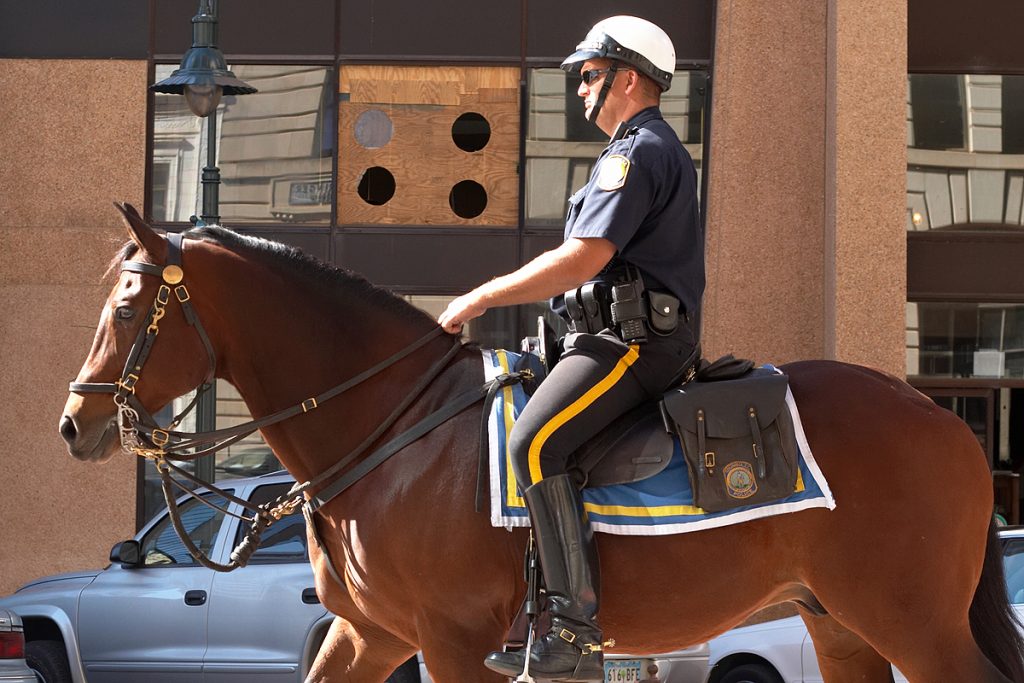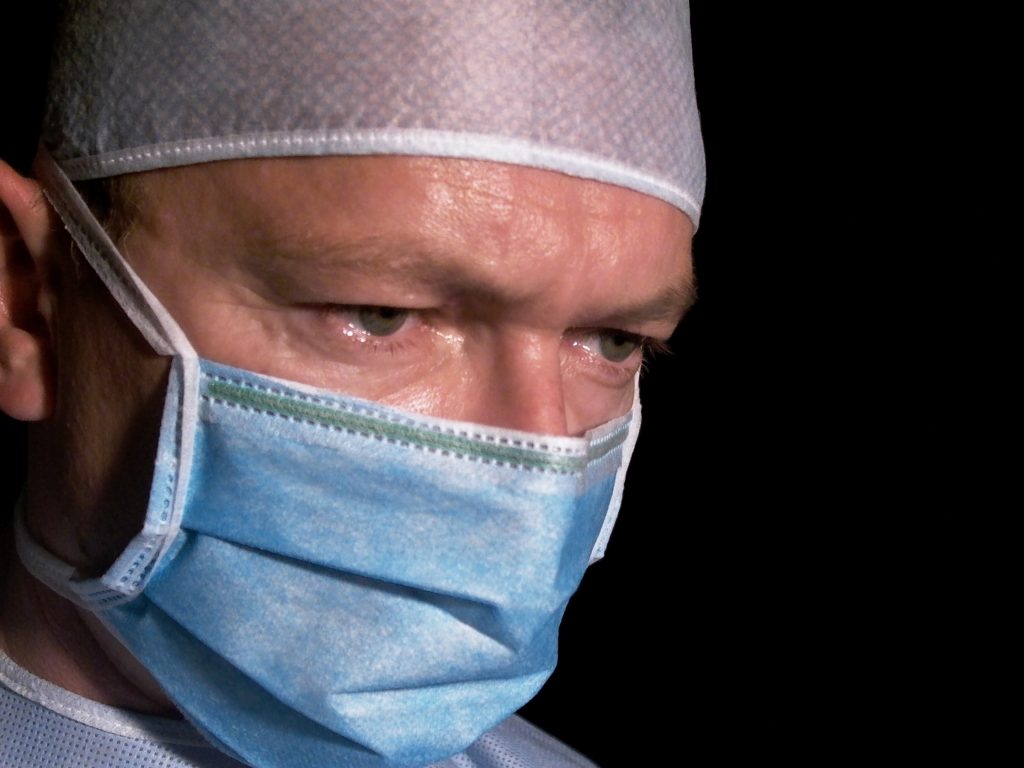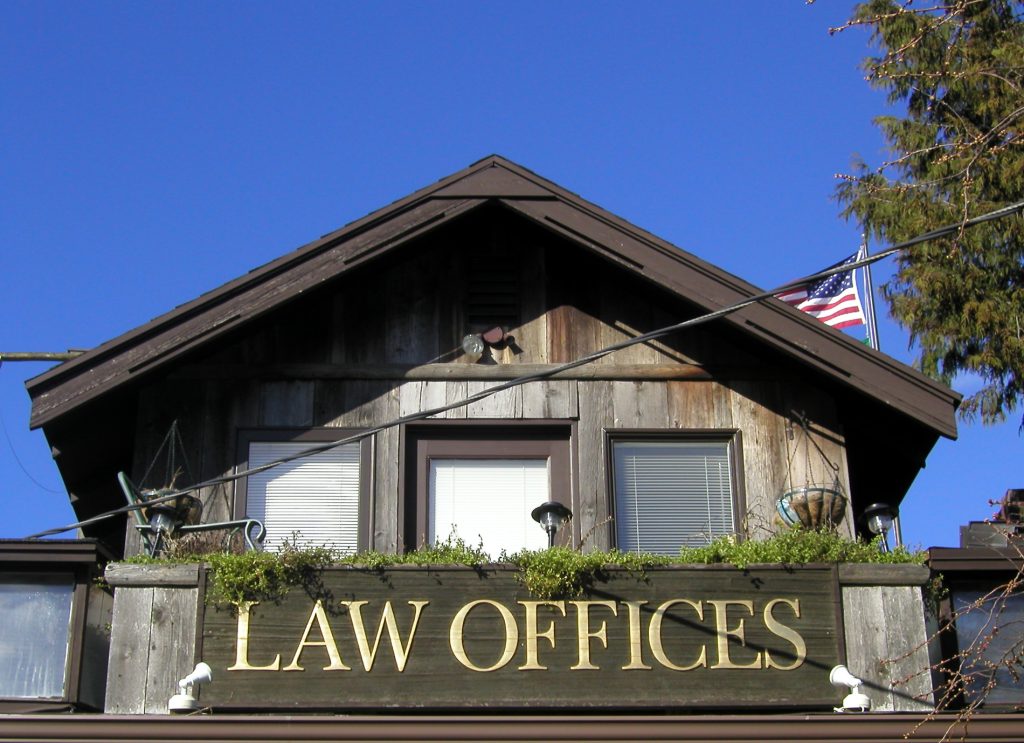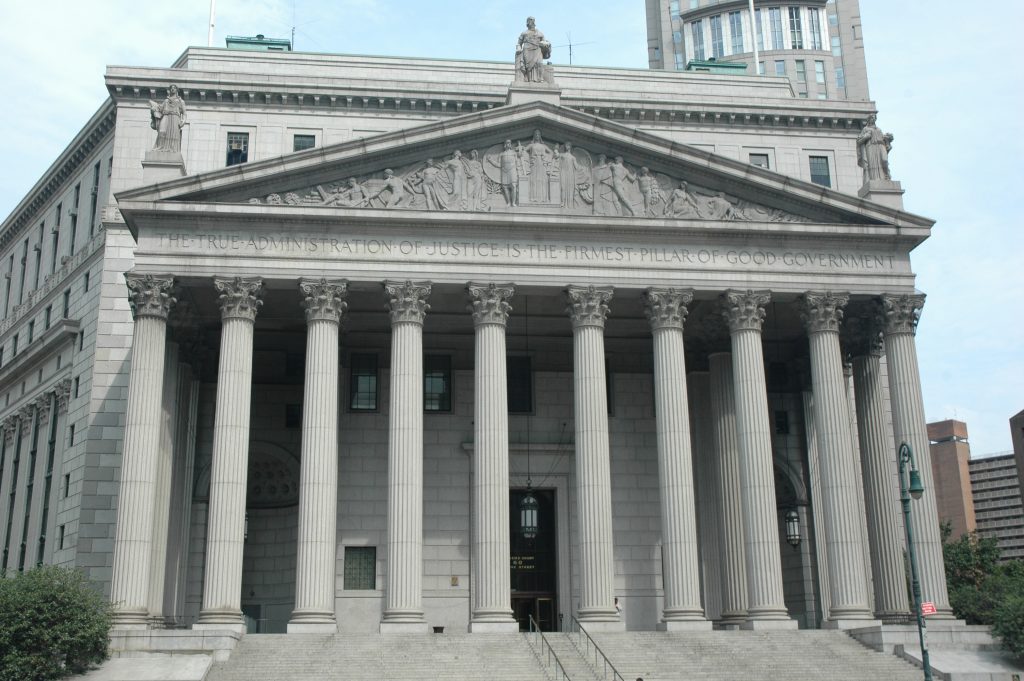 In Louisiana, employers are considered to be vicariously liable for the wrongdoings of their employees. La. C.C. art. 2320. This means that an employer is held liable for damages that their employee may cause while performing designated job duties. In a recent case, the Louisiana First Circuit Court of Appeal discussed whether vicarious liability could apply to hold the City of Baton Rouge responsible for injuries caused by the wrongful conduct of one of its police officers.
In Louisiana, employers are considered to be vicariously liable for the wrongdoings of their employees. La. C.C. art. 2320. This means that an employer is held liable for damages that their employee may cause while performing designated job duties. In a recent case, the Louisiana First Circuit Court of Appeal discussed whether vicarious liability could apply to hold the City of Baton Rouge responsible for injuries caused by the wrongful conduct of one of its police officers.
On March 4, 2007 Officers Nicholas Batiste and Nathan Davis were dispatched to the home of Brian Townsend in Baton Rouge, Louisiana due to a noise complaint. Mr. Townsend, who was hosting a house party at his Highland Road residence, was instructed by Officer Davis and Officer Batiste to shut the party down. Though the parties disputed what transpired after the officers asked that the party be shut down, it was undisputed that Officer Davis tackled Mr. Townsend from behind. Officer Davis landed on Mr. Townsend with such force that Mr. Townsend involuntarily defecated on himself.
Once Mr. Townsend was brought to the police station, he was made to sit on the floor due to his condition. As he was sitting on the floor, he continually asked to use the restroom. His requests were denied. He was then pepper sprayed multiple times and kicked in the groin by Officer Davis. Additionally, Mr. Townsend was dragged across concrete and gravel as he was being moved for processing. Mr. Townsend was brought to the hospital for his cuts from being dragged. There, it was discovered that Mr. Townsend’s bladder was ruptured. Mr. Townsend underwent surgery to repair his bladder. Following Mr. Townsend’s release from the hospital, he returned due to a urinary tract infection, deep vein thrombosis, a non-functioning bowel, and pneumonia.
 Louisiana Personal Injury Lawyer Blog
Louisiana Personal Injury Lawyer Blog


 When land is expropriated by the government, there are many questions concerning how much money the government will owe you. Courts consider factors such as the appraised value of the property, relocation costs, inconvenience, and other possible damages. See
When land is expropriated by the government, there are many questions concerning how much money the government will owe you. Courts consider factors such as the appraised value of the property, relocation costs, inconvenience, and other possible damages. See  Doctors – we literally put our lives, and the lives of our loved ones, in their hands. It is the most frightening feeling to know that your loved one is in surgery, the possibility of death or complications is always imminent, no matter how small or standard of a surgery. This feeling of fright often turns to anger and pain once someone has lost a loved one. Especially, where we believe the death is due to the negligence of the very doctor we put in control of the fate of our lives.
Doctors – we literally put our lives, and the lives of our loved ones, in their hands. It is the most frightening feeling to know that your loved one is in surgery, the possibility of death or complications is always imminent, no matter how small or standard of a surgery. This feeling of fright often turns to anger and pain once someone has lost a loved one. Especially, where we believe the death is due to the negligence of the very doctor we put in control of the fate of our lives. 


 In filing any petition for damages before a court, timing is critical. And similarly critical is the clear articulation of one’s legal and factual complaints. Failure to timely and clearly raise a particular legal issue risks dismissal by the court. Defendants in litigation can and will use defensive pleadings known as “exceptions,” which seek to have a court dismiss a complaint or petition before the court considers it on the merits. The exception of prescription asserts that the plaintiff brought the claim after the period of time allowed by statute. The exception of prematurity asserts that a particular claim is not sufficiently mature or “ripe” for the court to hear it. A plaintiff in a recent case of the Louisiana Third Circuit Court of Appeal nearly risked the dismissal of his claims under these two exceptions.
In filing any petition for damages before a court, timing is critical. And similarly critical is the clear articulation of one’s legal and factual complaints. Failure to timely and clearly raise a particular legal issue risks dismissal by the court. Defendants in litigation can and will use defensive pleadings known as “exceptions,” which seek to have a court dismiss a complaint or petition before the court considers it on the merits. The exception of prescription asserts that the plaintiff brought the claim after the period of time allowed by statute. The exception of prematurity asserts that a particular claim is not sufficiently mature or “ripe” for the court to hear it. A plaintiff in a recent case of the Louisiana Third Circuit Court of Appeal nearly risked the dismissal of his claims under these two exceptions. In workers’ compensation cases, often times the court is presented with the conflicting testimony and evidence of several physicians. For example, an injured employee may see several doctors over the course of his or her treatment. He or she may see an initial treating physician, a specialist, and may latter be referred to a doctor of the employer’s choice. The testimony of these physicians will be presented in court, and relied upon by the parties in arguing their claims or defenses. The court may even appoint its own doctor to aid it in its assessment of the plaintiff’s injury. In weighing multiple opinions from treating physicians, the Workers’ Compensation Judge (“WCJ”) has wide discretion to credit one physician over another. Absent manifest error or clear wrongness indicated in the trial record, a court of appeal cannot reverse the WCJ’s findings, as discussed in a recent case from the Louisiana Third Circuit Court of Appeal.
In workers’ compensation cases, often times the court is presented with the conflicting testimony and evidence of several physicians. For example, an injured employee may see several doctors over the course of his or her treatment. He or she may see an initial treating physician, a specialist, and may latter be referred to a doctor of the employer’s choice. The testimony of these physicians will be presented in court, and relied upon by the parties in arguing their claims or defenses. The court may even appoint its own doctor to aid it in its assessment of the plaintiff’s injury. In weighing multiple opinions from treating physicians, the Workers’ Compensation Judge (“WCJ”) has wide discretion to credit one physician over another. Absent manifest error or clear wrongness indicated in the trial record, a court of appeal cannot reverse the WCJ’s findings, as discussed in a recent case from the Louisiana Third Circuit Court of Appeal. Often in a discussion of tort law, the determination of whether an environment is reasonably safe is left up to the trier of fact in a particular case. Often, the trier of fact is a jury who listens to the evidence of the case and returns a verdict about the cause of the plaintiff’s injuries. But how much discretion does a trier of fact actually have to determine the standard of reasonableness and whether or not the defendant breached this standard? A case from the Louisiana Third Circuit Court of Appeal discusses the standards by which an appellate tribunal must review a jury’s finding when the factual basis for the jury’s finding is called into question.
Often in a discussion of tort law, the determination of whether an environment is reasonably safe is left up to the trier of fact in a particular case. Often, the trier of fact is a jury who listens to the evidence of the case and returns a verdict about the cause of the plaintiff’s injuries. But how much discretion does a trier of fact actually have to determine the standard of reasonableness and whether or not the defendant breached this standard? A case from the Louisiana Third Circuit Court of Appeal discusses the standards by which an appellate tribunal must review a jury’s finding when the factual basis for the jury’s finding is called into question. What happens in Baton Rouge if your Lawyer does not file your lawsuit appeal on time? You could lose that appeal. The following case demonstrates that Louisiana Courts follow strict procedural rules when it comes to filing for request for new trial. The best lawyers in Baton Rouge know these rules, so choose your lawyer wisely.
What happens in Baton Rouge if your Lawyer does not file your lawsuit appeal on time? You could lose that appeal. The following case demonstrates that Louisiana Courts follow strict procedural rules when it comes to filing for request for new trial. The best lawyers in Baton Rouge know these rules, so choose your lawyer wisely.